Last updated on June 10th, 2024
The F83 Glow-worm boiler fault code will show on the boilers display when there is a problem and your boiler locks out.
Glow-worm uses fault codes to show you what might be wrong with the boiler when it doesn’t fire up.
I have been carrying out boiler repairs full-time for over a decade and having fault codes on the screen when I arrive is very welcome.
In this post I’ll go through what might be wrong with Glow-worm boiler when it shows an F83 error code.
What Does F83 Mean on a Glow-worm Boiler?
Having fault codes on the screen is a great way to help diagnose your boiler problems.
The cause of an F83 fault code on a Glow-worm boiler (according to Glow-worm) is the boiler has been locked out due to no water in the installation, electronics defective, or:
Burner temperature sensor is defective
When the burner starts, the temperature change registered at the flow or return temperature sensor is non-existent or too small: insufficient water in the product, the flow or return temperature sensor is not in the correct position on the pipe
An F83 fault code could mean that a part on the boiler is faulty and needs to be replaced but there are some simple things anyone can do.
Other Causes of F83 Glow-worm Fault
Low boiler pressure is the most common cause of a Glow-worm boiler F83 fault code and easy for anyone to fix by increasing the pressure using the filling loop.
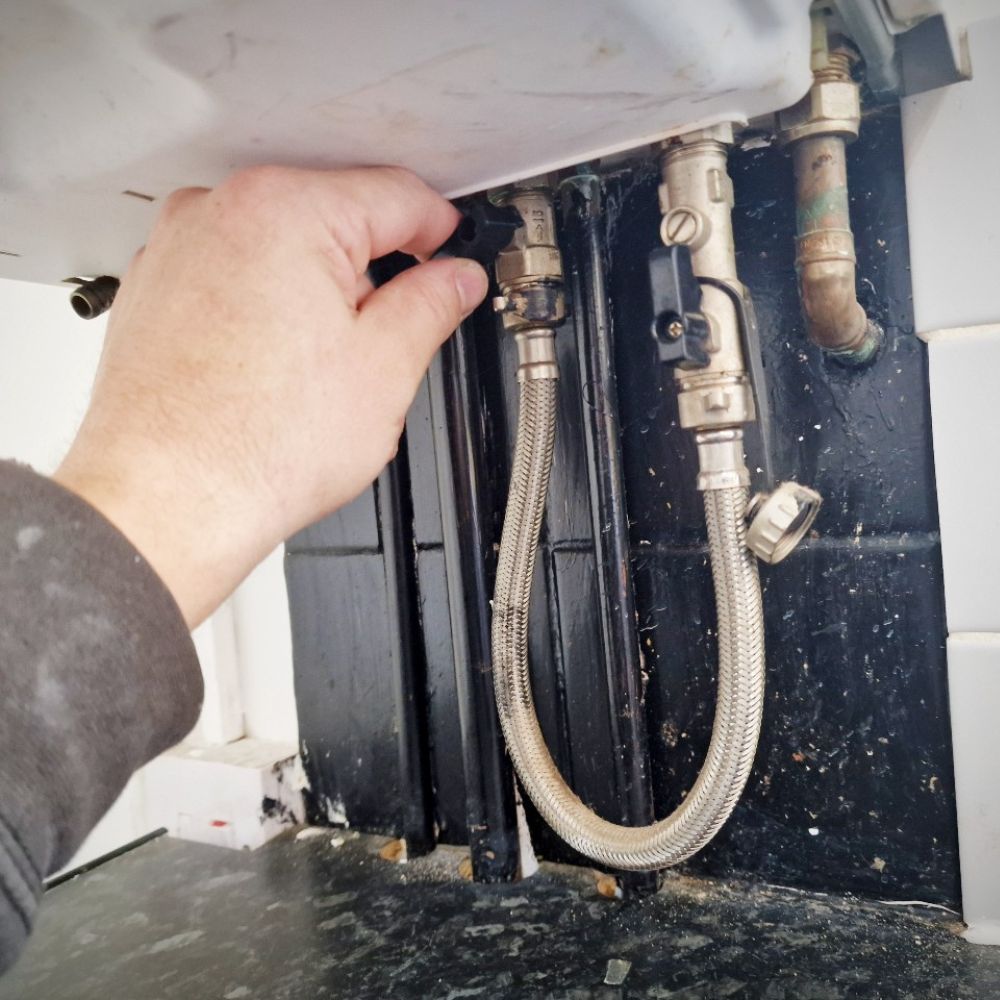
Here are some other potential causes:
- NTC thermistor is faulty: Flow or return temperature sensor can be out of calibration or not connected properly. This will need to be secured or replaced
- Thermistor wiring damaged or loose: The wiring on the thermistors will need fully checked from thermistor to PCB for any damage or loose connections. Any problems will need fixed or replaced
- Low heat input on heat exchanger: This can be caused a gas valve problem or lack of thermal transfer from the combustion chamber
How to Fix F83 Fault on a Glow-worm Boiler
To fix the F83 fault code on your Glow-worm boiler, the first things I would do is:
- Bleed the radiators and make sure the pressure is around 1.5 bar and reset the boiler
- Check wiring on and test thermistors
- Check gas rate and inlet pressure at the gas valve
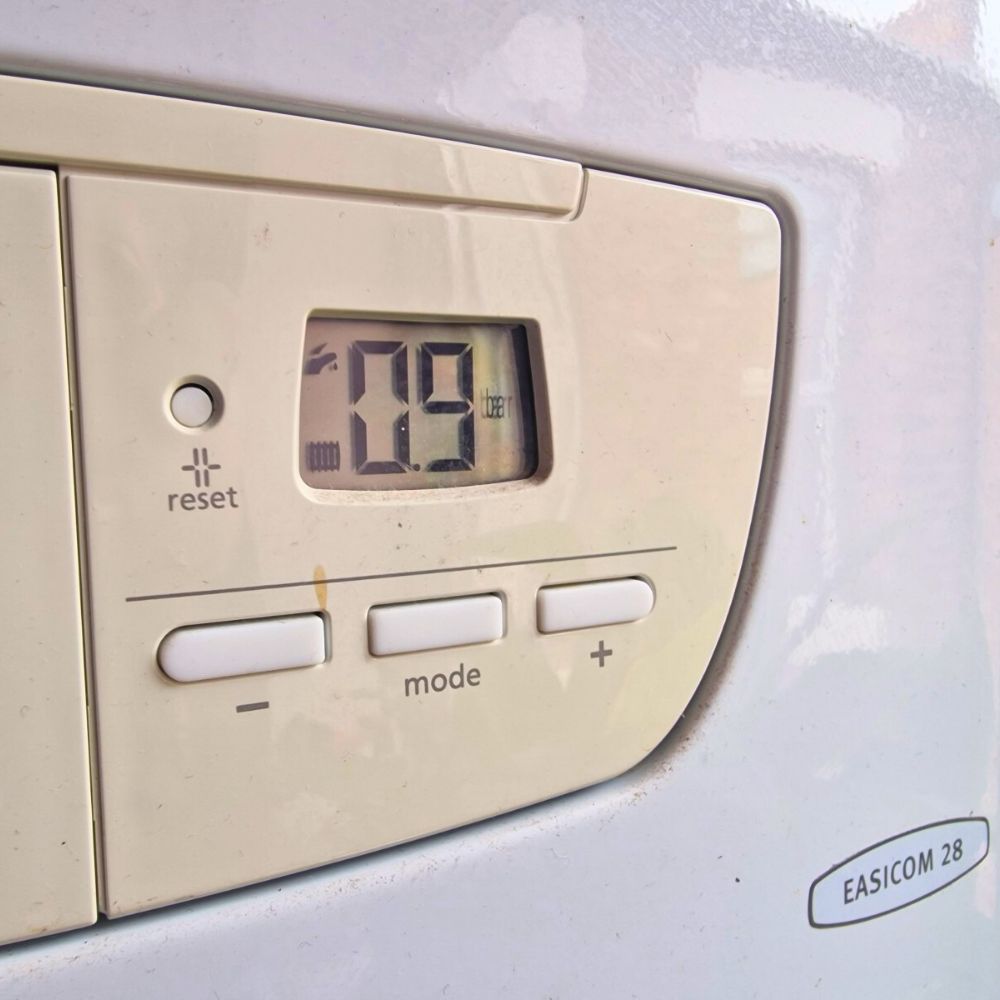
Glow-worm F83 Fault Reset
The first thing I would do on a Glow-worm boiler that is not working, no matter what fault code is showing, is to check the pressure and reset the boiler.
Knowing how to reset a Glow-worm boiler is the simplest way to get your boiler working again, as it might have just locked out.
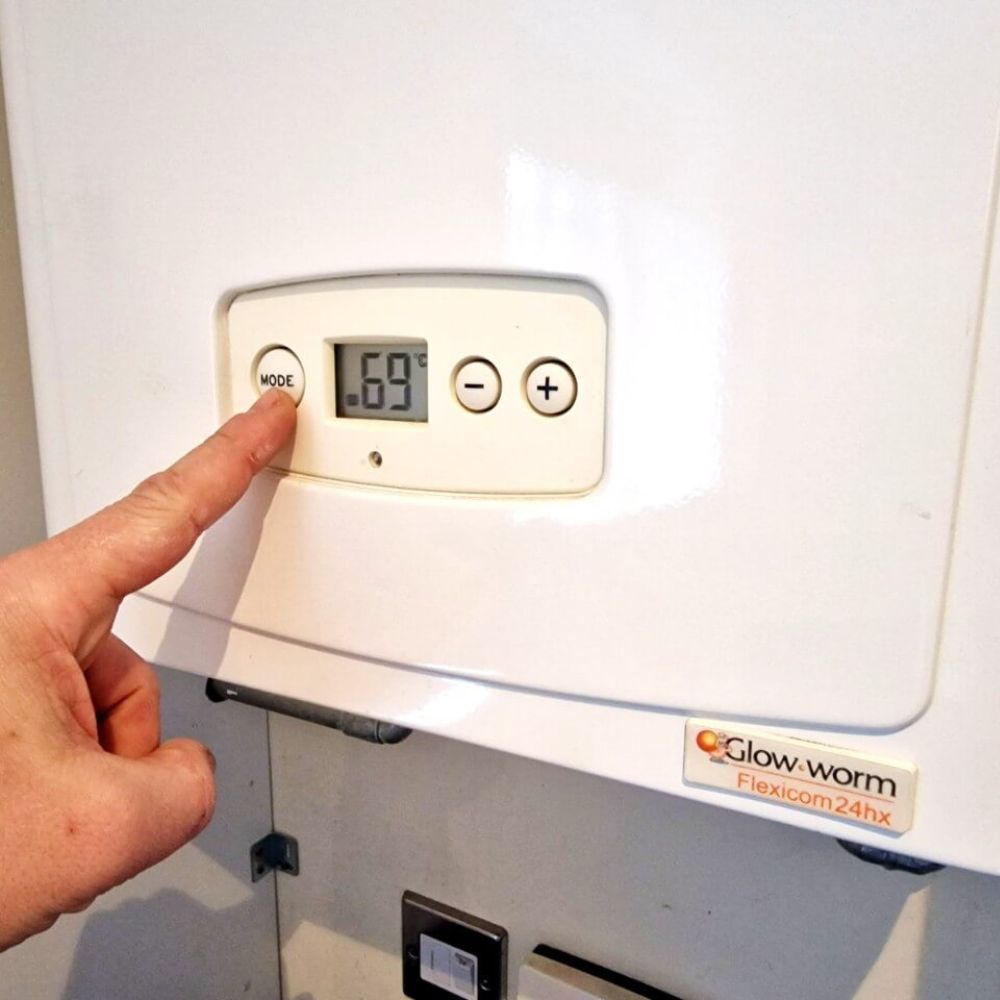
To reset a Glow-worm boiler, you must find the reset button which are in different places on different boilers so you may need to check the boiler manual to locate it.
You have to press the button to reset the boiler. Sometimes you have to hold it down for 3 seconds, but on some Glow-worm boilers, it just needs to be pressed.
Summary
A Glow-worm F83 error on your boiler can sometimes be easily fixed without opening the boiler. You should repressurise your boiler and reset it as your first port of call.
Sometimes boilers go to lock out accidentally and just need to be reset to get it fired up again.
Any boiler part replacements and testing should be done by a Gas Safe registered engineer.
Feel free to ask me any questions in the comment section below and I’ll try my best to help.
Please share this post if you found it helpful.

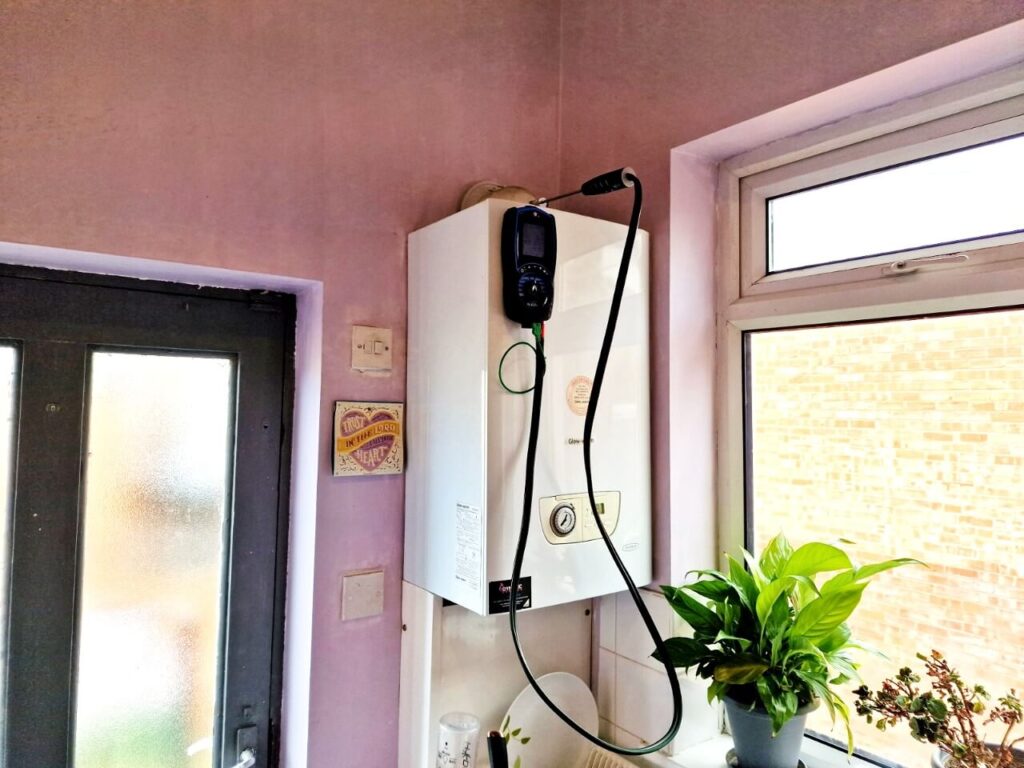

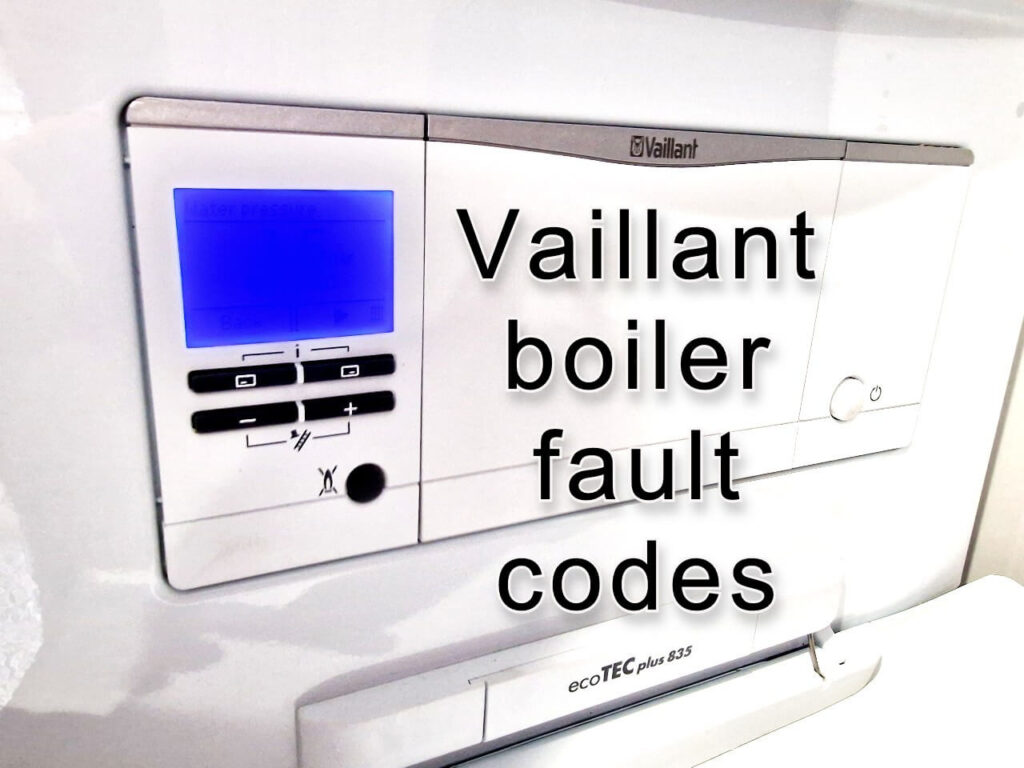
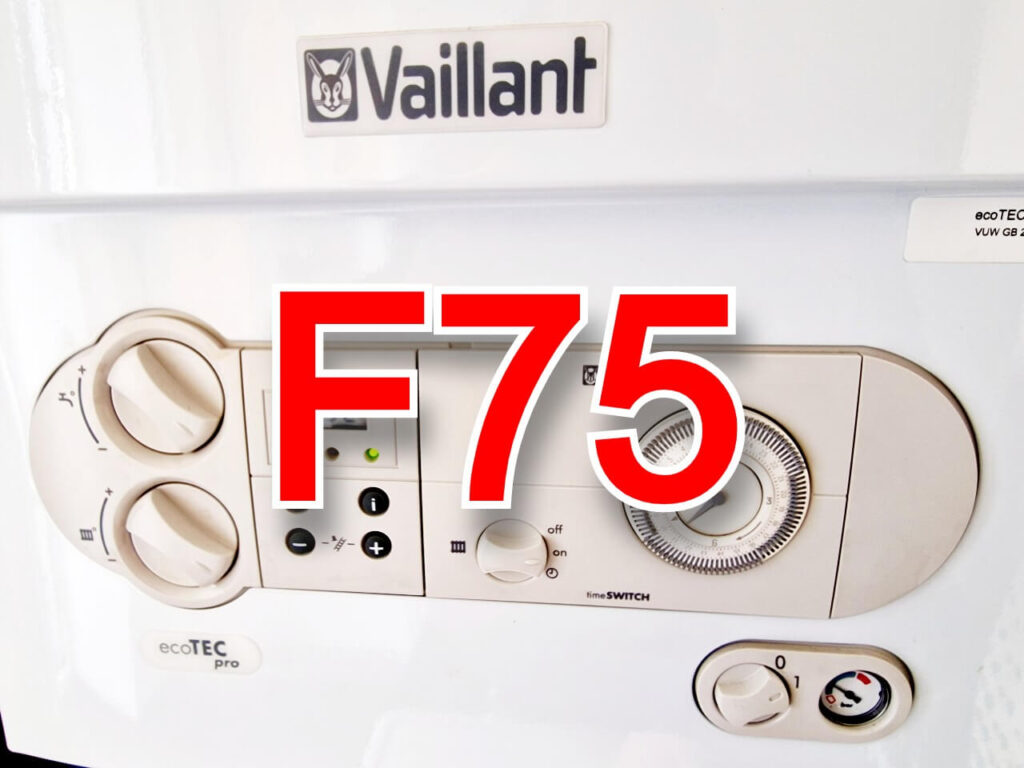
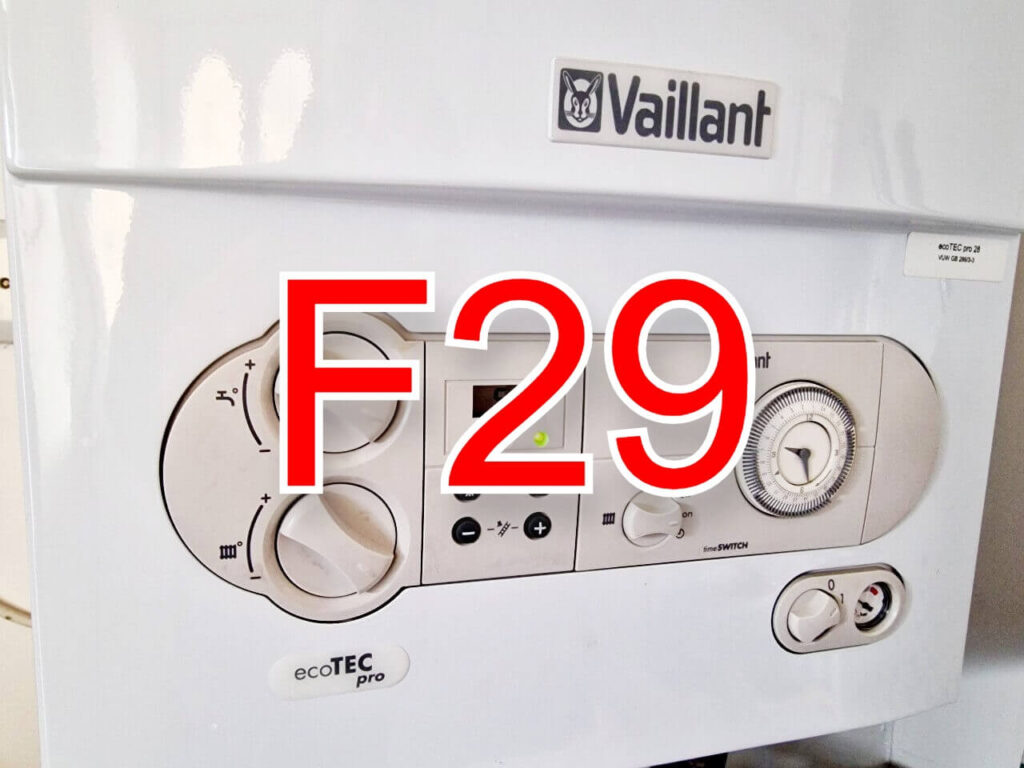
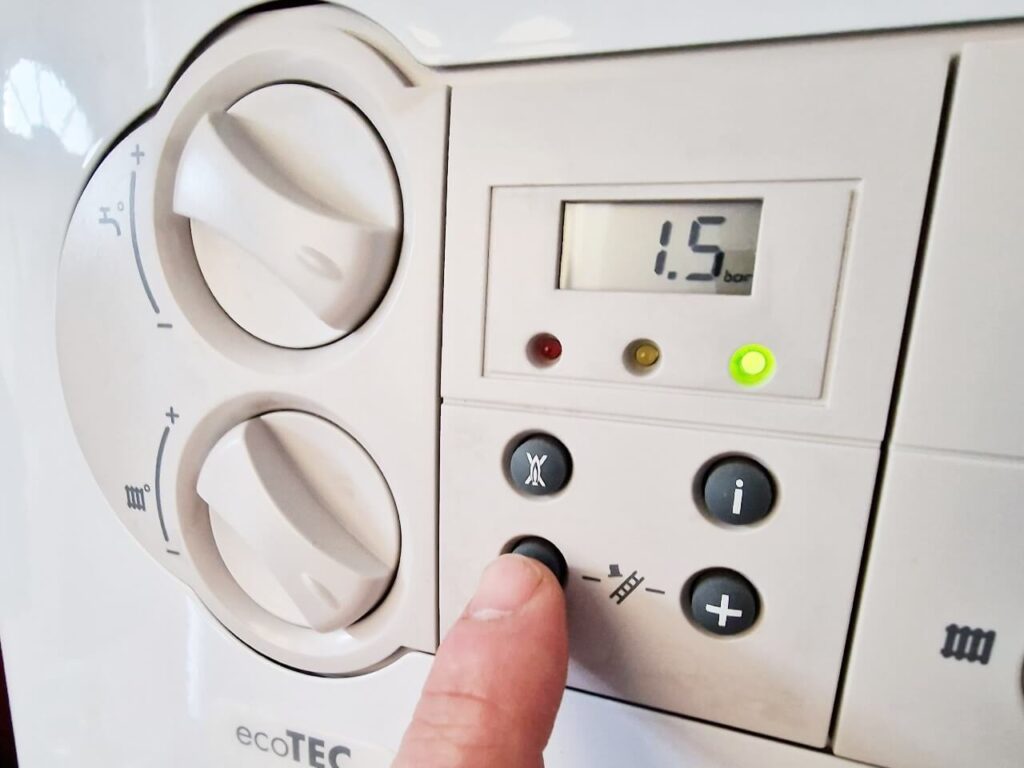
Thanks for this. Suspected a water pressure issue. We have to manually fill our header tank because of a water softener and it seems to be needed more often than I’d expect but getting confirmation on the likely cause and how to reset was very helpful. Cheers!